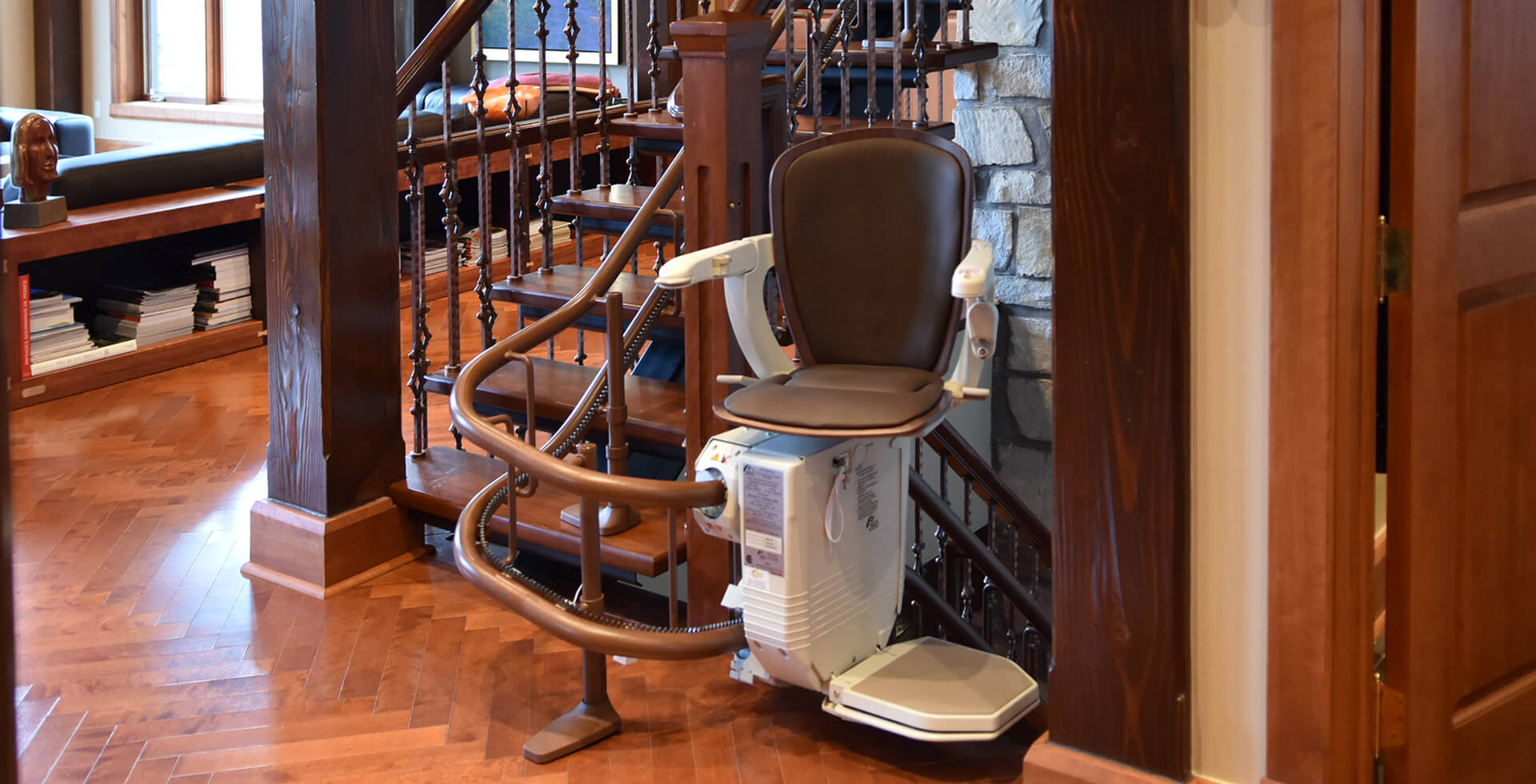Possible changes
When the unexpected happens or when illness strikes, it is reassuring to think that it is possible to adapt the home so that you can continue to live "at home"!
Here are some possible modifications that will make it easier to access your home and move around inside. The primary goal of all home modifications is to ensure that the disabled person retains as much autonomy as possible.
- Construction of an access ramp. It can be made of wood or metal. The wood version will cost much less to make, however it will require more maintenance over the years. The metal version is generally adopted in commercial situations. It is much more durable, but more expensive. An interesting information to consider, however, is the 1:12 ratio, i.e. for each 1” of height to be crossed, you will need 12” of ramp length. For example in a situation with a drop of 21″, which is generally 3 steps, a ramp 21 feet long will be necessary for a person in a wheelchair to use.
- Construction and installation of an inclined plane. It is often necessary to install small inclined planes that allow the crossing of doors. Again, it is possible to choose wood or metal depending on the need and the place where it will be installed.
- The installation of an outdoor lifting platform. The lifting platform will offer autonomy that is really appreciated by the person with reduced mobility. The platform will be able to lift up to 750lbs. A person in a motorized base or a wheelchair or in a scooter will thus be able to maintain their autonomy. The lifting platform must be installed on a concrete slab out of the reach of frost (See section General contractor/ home adaptation).
- The installation of a stair lift chair will certainly be a more than appreciable asset. Whether the staircase is straight or curved, stairlifts will allow you to access all levels of your home. However, you must ensure that the product you buy is approved by the Régie du Bâtiment du Québec. The list of approved products is available on the RBQ website.
- It may also be necessary to widen door openings to allow the wheelchair to pass through without the risk of obstruction.
- Adapting the bathroom is often an essential element. The construction of a thresholdless shower will allow barrier-free access to hygiene care. By installing a “telephone” type shower, the autonomy of the person with reduced mobility will be greatly simplified.
- Adapting kitchen counters. How convenient for someone in a wheelchair to have access to the kitchen sink, stove and coffee maker. By adapting the lower cabinets, it will be able to move forward sufficiently and thus maintain its autonomy.
The adaptations can be many and varied. Whether through a grant from the Société d’habitation du Québec in connection with the PAD program, or privately, there are solutions for your situation. At En Mouvement, we are concerned with taking care of people. We would like to advise you on the best options available in your situation.

